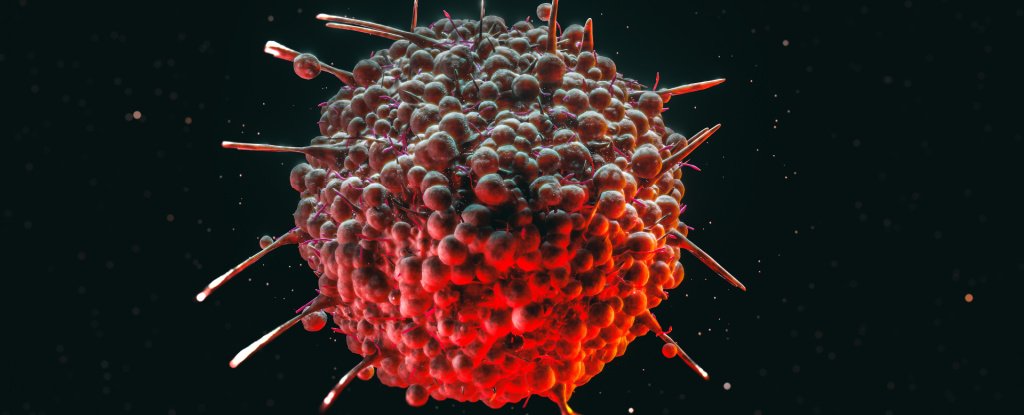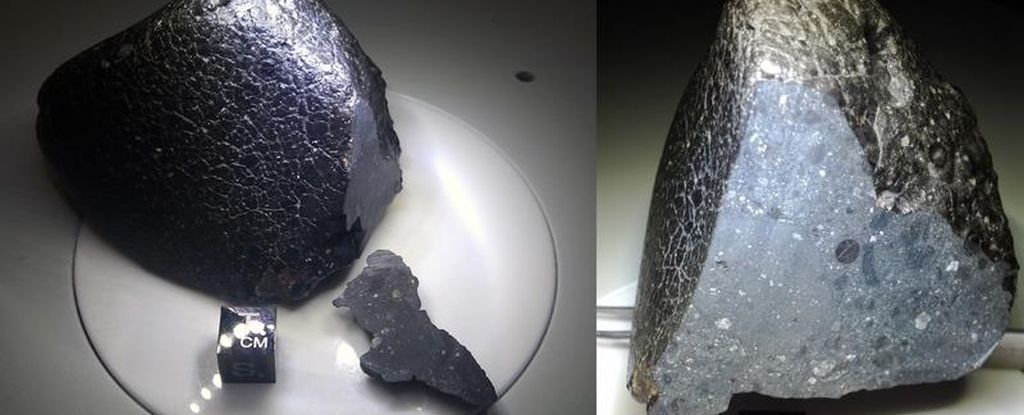ARTICLE AD
A devastating pandemic has been ravaging bananas for 30 years, but there could be new hope for the beloved fruit. The reason for the banana bust is a fungus named Fusarium oxysporum f. sp. Cubense, which causes a condition known either as Panama disease or Fusarium Wilt. The pathogen infects banana plants, impeding their vascular system and causing the leaves to yellow and die.
The disease was discovered in the 1870s and, by the 1950s, had affected all the banana-growing regions of the world. The result is that “the kind of banana we eat today is not the same as the one your grandparents ate,” said Li-Jun Ma, a biochemistry professor at UMass Amhert, in a press release. “Those old ones, the Gros Michel bananas, are functionally extinct.”
Because Gros Michel bananas were almost completely wiped out, cultivators turned to another species of the fruit, the Cavendish. All was well for decades, until 1994, when the disease started to present itself in bananas grown in Taiwan. Since then, Panama disease has once again gone global, threatening banana crops and, by extension, smoothies everywhere.
But Ma and her colleagues recently discovered some good news. In a study published in Nature Microbiology, they reveal that the version of Fusarium oxysporum affecting Cavendish bananas has a different evolutionary origin from the one that killed off the Gros Michels. The researchers sequenced and compared the genes from 36 strains of Fursarium fungi, including the one that was so deadly to Gros Michel bananas.
They found the Cavendish strain, Fusarium oxysporum f.sp. cubense (Foc) tropical race 4, or TR4 for short, “did not evolve from the race that decimated the Gros Michel bananas,” said Ma. “TR4’s genome contains some accessory genes that are linked to the production of nitric oxide, which seems to be the key factor in TR4’s virulence.”
The good news is that, when the two genes controlling the production of nitric oxide were shut off, the virulence of TR4 was greatly reduced. That “opens up many strategic avenues to mitigate, or even control, the spread of Foc TR4,” said Yong Zhang, a former UMass Amhert doctoral student who led the research.
Ma warned that, while this could mean salvation for the Cavendish, growers should diversify the types of bananas they cultivate to better shield against pathogens, rather than relying primarily on a single variety.
There has been no word on whether the spread of TR4 has shaken Kirk Cameron’s unyielding faith in bananas.

 3 months ago
30
3 months ago
30 

